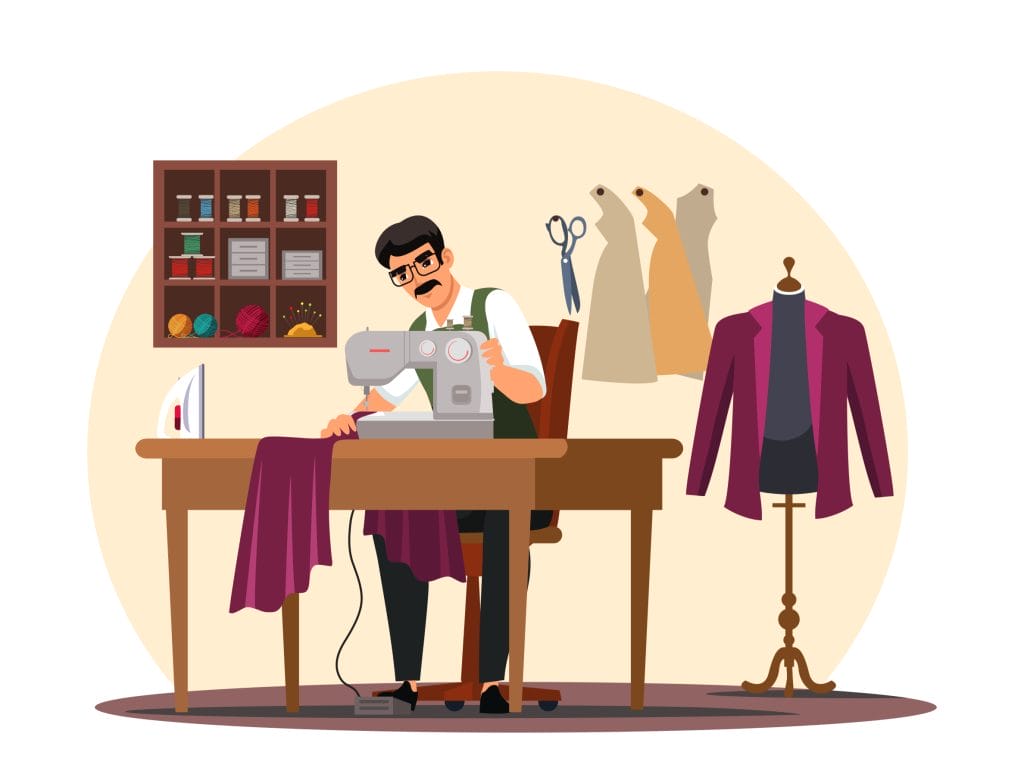Aparna Sharma gives you her tips and tricks.
The term sustainability has become a buzzword, and almost every brand is claiming to be sustainable. Unfortunately, dishonest brands are using the term as a marketing tool just to increase their sales, without making any effort to make their business model more sustainable. Here are some simple tips on how you can identify a sustainable brand, bearing in mind that it is very rare to come across a brand which is 100 percent sustainable:
- They won’t be mass producing, and will usually be making smaller quantities or following a made-to-order model to minimise waste.
- They work with weaving and artisan communities who use their hands to make products. Products made in power mills which use a lot of coal energy cannot be termed sustainable.
- They will typically work with eco-friendly fabrics, such as:
- Organic cotton
- Hemp
- Linen
- Bamboo fibre
- Plant leather fibres like pinatex, cork, mycelium, malai, desserto, mirum, banofi, mylo, vegea, tomtex, treekind, etc.
- Fibres made from recycled plastic, fishing nets, etc.
- Fibres made from fruit waste like orange satin, banana silk, etc.
- Closed loop fibres like Modal and Lyocell
- Silk: this is slightly controversial, and a lot of ethical or vegan brands won’t use it. It can be extremely sustainable when sourced correctly and dyed with natural dyes, as it is biodegradable and less water intensive. But problems can arise with chemical dyes, labour practices, and animal welfare issues. Some ethical brands use ahimsa silk and silk made from orange waste, etc., instead.
- Overstocked fabrics: also known as deadstock or waste fabric, these are overproduced in factories (and unsold due to damage or imperfections). This is cheaper than other sustainable fabrics, and a great option for designers who don’t have a big budget. The downside is that in some cases, it is not clear if the waste fabric was rescued or if it was purposefully overproduced.
- They work with azo-free dyes and in rare cases, even use plant-based dyes.
- They have a simple and local supply chain, and the entire product is made by employing local artisans, tailors etc. Fast fashion has a very complex supply chain, with each component made in a different country, and has a very high carbon footprint.
- They work towards empowering every person in their supply chain by giving them fair pay, according to required standards. The fast fashion industry is notorious for exploiting labour and according to one fashion revolution report, a fast fashion CEO earns a garment worker’s lifetime pay in just four days.
- Any business model which is selling used and second hand products has sustainability and circularity baked into their business model.
My opinion on fast fashion brands introducing sustainable collections
It’s good to see change, and I appreciate their efforts to become more sustainable, but if a brand continues to mass produce and does not change the fundamental flaws in their business model, true sustainability can never be achieved. Having said that, if you choose to shop the sustainable collection of a fast fashion brand, it is important to read the label carefully to ensure that there is no greenwashing. Transparency and traceability is fundamental for a sustainable fashion economy.
I recommend the app Good On You, which grades the sustainability efforts of all high street and luxury brands, from Prada to Zara. Brands are rated from ‘WE AVOID’ to ‘GREAT’ based on a dot system, and I usually only go for brands that have at least a four out of five rating (‘GOOD’). For example, Shein is under the ‘WE AVOID’ one-dot category. This is an extremely comprehensive application and a must-download for anyone who wants to shop more mindfully and consciously. They also give recommendations for sustainable brands.
Aparna Sharma (Instagram: @stylishsuitcase) is a non-conformist who believes that fashion must become a force for good and style must meet sustainability. She breaks down the nuances of slow fashion and how we can stay stylish without being trendy.








